
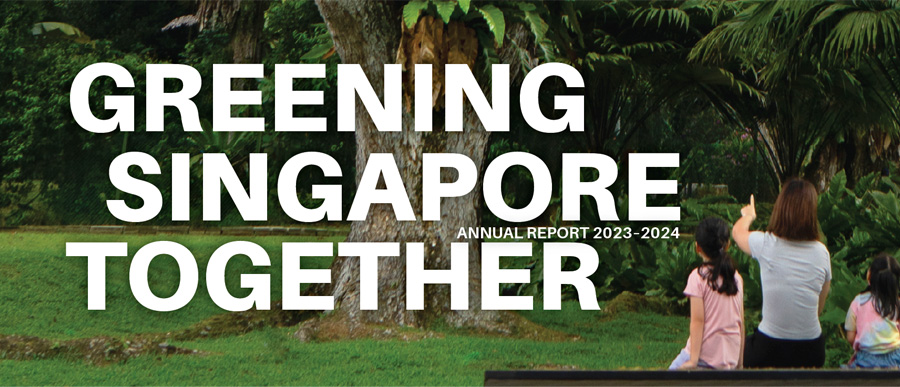
Strongholds of ground-up community initiatives and participation have supported NParks’ continued efforts to conserve and protect native biodiversity, showing how the community is core to conservation.
The Nervilia singaporensis is a critically endangered native orchid species that is part of NParks’ Species Recovery Programme. It was one of three species of native orchids that were successfully propagated for the first time this past year.
Photo credit: Dr Matti A Niissalo
2023 marked 30 years of community stewardship and conservation at Sungei Buloh Wetland Reserve. Initially earmarked for agrotechnology, the prawn ponds were first discovered by a group of avid bird watchers as a roosting and feeding site for migratory birds. Fast forward 30 years, the Reserve is part of the larger 400-ha Sungei Buloh Nature Park Network, comprising complementary wetland habitats that support migratory waterbirds along the East Asian-Australasian Flyway.
As part of the celebrations, NParks announced a slew of volunteer-led programmes and activities across the Sungei Buloh Nature Park Network. This included a special commemorative exhibition showcasing archival images of the Reserve in its early years and old bird ringing paraphernalia. Since the beginning of 2024, the public has also been able to enjoy specially curated programmes at the reconstructed Cashin House within Lim Chu Kang Nature Park, including guided tours and nature photography.
Following community suggestions, NParks partially retained and converted the former Main Bridge in the Reserve into a new lookout platform overlooking Sungei Buloh Besar. The popular birdwatching spot provides visitors with a prime vantage point to observe wildlife in their natural habitat.
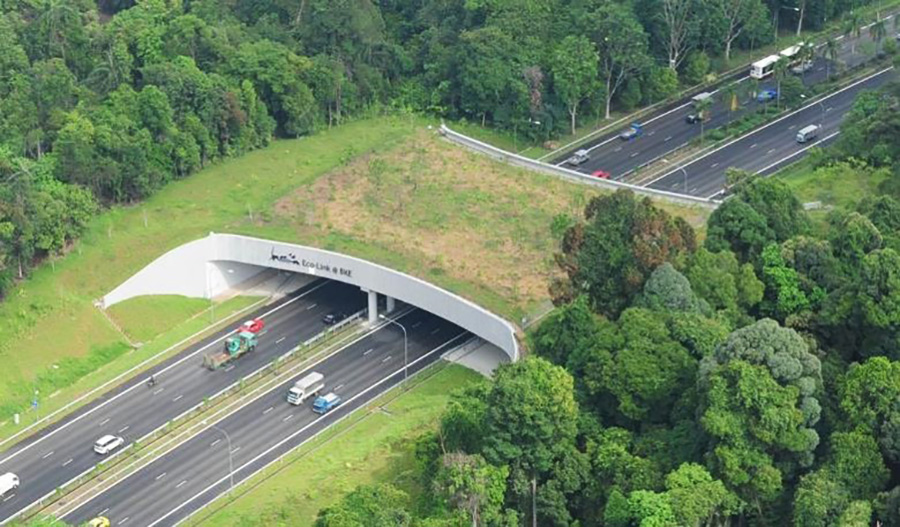


Built in 2013 and the first of its kind in Southeast Asia, Eco-Link@BKE is an ecological bridge reconnecting the forests of the Bukit Timah and Central Catchment Nature Reserves that had previously been separated by the Bukit Timah Expressway. By connecting once-separated populations of Singapore’s native species, their habitat is expanded and intra-species interactions diversified. This ecological connectivity safeguards Singapore’s rich biodiversity by strengthening the genetic pool of native species towards long-term resilience.
Native vegetation planted on the bridge has since grown into a verdant forest, attracting a wide array of biodiversity. Around 100 fauna species were recorded using Eco-Link@BKE between 2018 and 2021, with 31 of them being recorded for the first time. The bridge restores nature into our urban landscape, helping transform Singapore into a City in Nature.
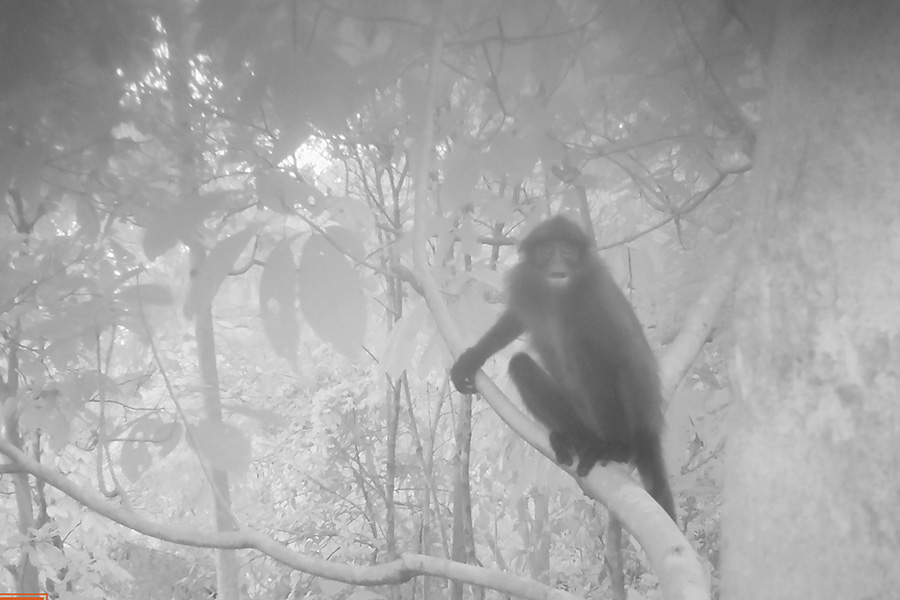
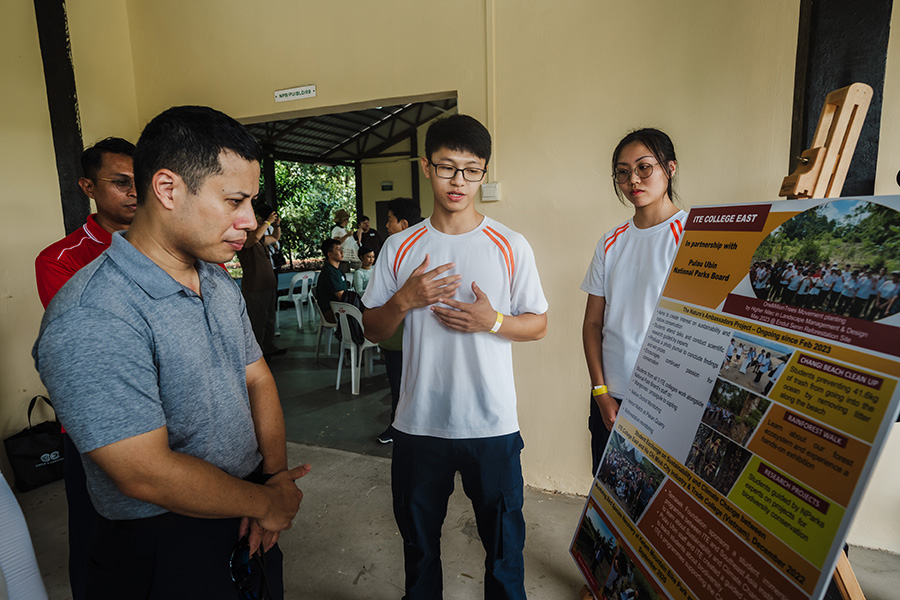
As part of the 12th Ubin Day, NParks announced the completion of the third and most comprehensive edition of the Singapore Red List. Over 7,300 species found in mainland Singapore and offshore islands, more than double that of the second edition, were assessed, including species from seven new taxa that were assessed for the first time.
For example, the conservation status of the Lesser Asian False Vampire Bat (Megaderma spasma) was downlisted from Critically Endangered to Endangered in the third edition. In consultation with the Friends of Ubin Network, NParks constructed bat houses around Pulau Ubin to supplement existing roosting sites, contributing to the gradual recovery of the bat population.
About 40 school principals and policymakers from the Ministry of Education were invited to Ubin to participate in a learning symposium. This was an opportunity for them to discover the island’s potential as a living and learning classroom, so as to better connect present and future generations with Pulau Ubin’s biodiversity, culture and history.
The Friends of Ubin Network also commenced discussions for future projects following the completion of the first tranche of The Ubin Project. Engaging with stakeholders and the public, the discussions will shape plans for the continued preservation and enhancement of the island. Such efforts ensure that everyone can continue to enjoy the rustic and natural charm of Pulau Ubin and the rich natural heritage of our City in Nature.
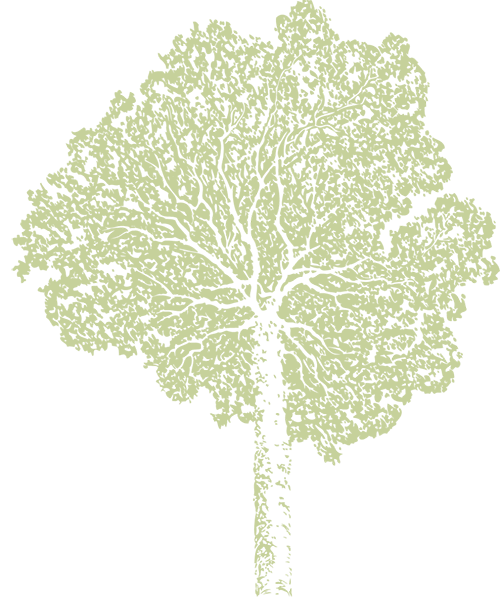
Mr Wong Tuan Wah, who has committed his career to local conservation efforts recounts early conservation milestones in Singapore. Celebrating 30 years of conservation and community stewardship in Sungei Buloh Wetland Reserve in 2023, he reflects on how we have worked with the community to safeguard and steward our natural heritage.
Botanists at the Singapore Botanic Gardens have discovered and described nearly 80 new species from Singapore and the region. Much of the research was done in collaboration with researchers from across the region, including the description of a new Begonia from Timor Leste by an international team from Singapore, Indonesia and Timor Leste.
Besides discovering new species, NParks continues its existing work under our Species Recovery Programme. Our efforts in species recovery of native plants include the propagation of over 6,000 plants across 14 species. Three of these species were successfully propagated for the first time, including two critically endangered native orchid species, Nervilia singaporensis and Dienia ophrydis. To date, more than 3,800 plants across 31 species have also been introduced into various nature reserves and parks across Singapore as part of the Programme.
In the area of fauna species recovery, NParks successfully bred the Swamp Forest Crab (Parathelphusa reticulata) in captivity — a global first for this nocturnal and secretive species endemic to Singapore — and subsequently released second-generation crabs at a nature park in June 2023. By 2030, NParks will implement species recovery plans for 100 plant and 60 animal species.
Looking ahead, the Straw-headed Bulbul Working Group co-chaired by NParks and Nature Society Singapore has developed a comprehensive Action Plan for the recovery of the Straw-headed Bulbul (Pycnonotus zeylanicus), a globally critically endangered species. The Bulbul has been heavily poached and trapped across Southeast Asia for its distinctive and melodious song, but its population in Singapore has remained relatively stable. Constant vigilance against poaching and habitat enhancement efforts are required to stabilise and grow its population. Singapore is now the world’s stronghold for such conservation efforts.
In July 2023, some 120 hatchlings of the critically endangered Hawksbill Turtle (Eretmochelys imbricata) emerged from their nest along East Coast beach. Singapore is home to a population of nesting Hawksbill Turtles that return to our shores yearly to lay eggs.
As part of larger regional conservation strategies, select Hawksbill Turtles that come to our shores are tagged with a satellite tracker. This enables NParks to study the movement of the turtles that swim from Singapore and down south to Indonesia and the Riau Islands. The data will help guide regional conservation efforts.
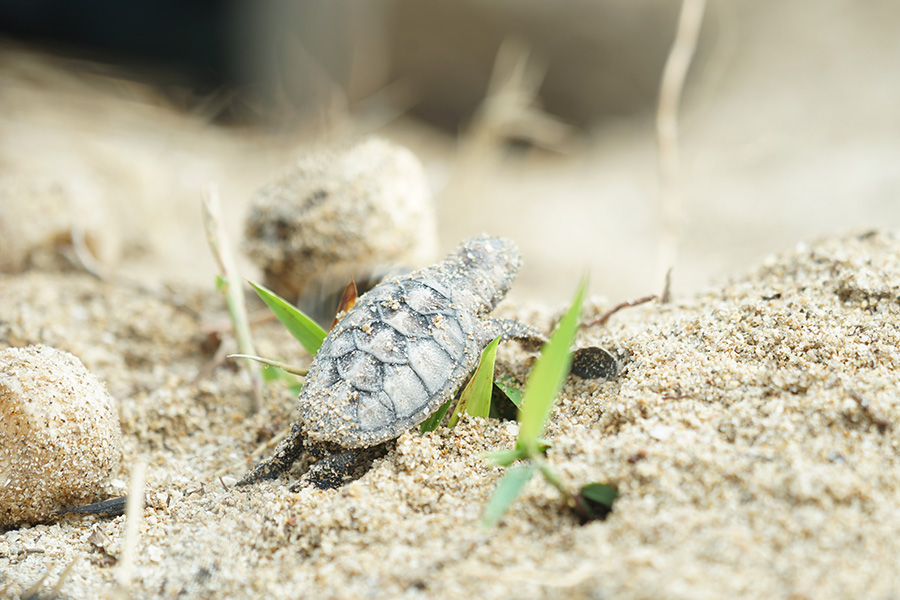

Photo credit: Daniel Ng
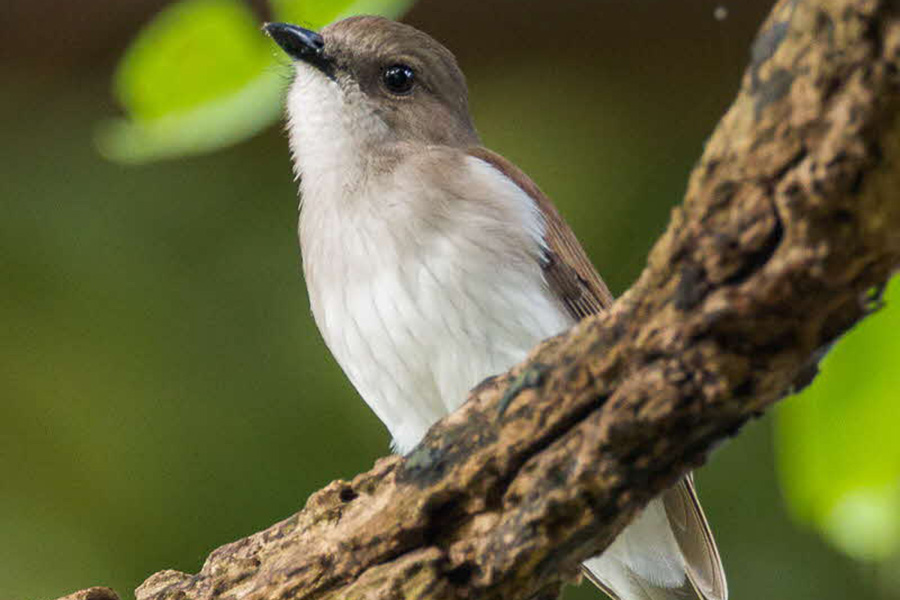
Photo credit: Francis Yap
The community plays a key role in both species research and the development of green spaces. NParks will be using data collected from over 1,100 citizen scientists between 2015 and 2019 under the Community in Nature and Garden Bird Watch initiatives, to guide the planning and design of the city’s green spaces. The consolidated findings showed a positive correlation between regularly shaped urban green spaces and water bodies, and bird diversity in Singapore’s urban green spaces. The study analysed data of close to 70,000 bird sightings consisting of 184 species, from 384 points across 64 sites surveyed.
The Community in Nature Biodiversity Watches are important avenues for the public to collaborate in data gathering and scientific research about the resident numbers of target species. In the past year, more than 1,400 citizen scientists surveyed over 100 sites for sightings of birds, dragonflies, butterflies and herons.
To further celebrate and encourage community participation in the conservation of Singapore’s natural heritage, NParks organised the annual Festival of Biodiversity in collaboration with the Biodiversity Roundtable. Themed From Agreement to Action: Build Back Biodiversity, the Festival was the culmination of a month of activities and events commemorating the International Day for Biological Diversity and the need for the community to safeguard our biodiversity. Attendants learnt more about how they can support conservation efforts through participation in nature-related events, including festival booths, exhibitions, talks, guided nature walks and biodiversity-themed art-and-craft workshops. The 12th edition of the Festival was held on 27 and 28 May 2023 at Heartbeat@Bedok.
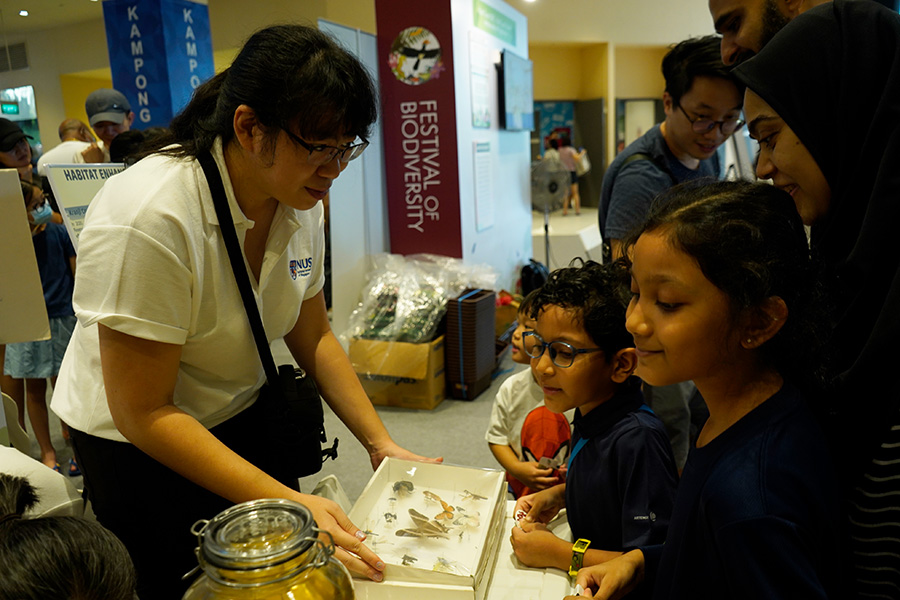
The One Health concept recognises the interconnectedness of human, animal and environmental health. The Covid-19 pandemic demonstrated how diseases, especially zoonotic ones, cause ripple effects when it comes to other parts of the ecosystem. NParks led and coordinated the One Health Zoonotic Disease Prioritisation exercise, which culminated in a workshop from 19 to 21 April 2023 at HortPark.
The workshop aimed to use a multi-sectoral, One Health approach to prioritise zoonotic diseases. It was attended by almost 100 participants from the Ministry of Health, National Environment Agency, NParks, PUB and Singapore Food Agency, as well as experts from various biological fields, Institutes of Higher Learning and the industry, with facilitators from the US Centers for Disease Control and Prevention. Participants discussed various zoonotic diseases and scored them against criteria they developed during the workshop. This allowed One Health agencies to prioritise a list of zoonotic diseases in Singapore for joint action and collaboration.

The Animal & Veterinary Service (AVS), a cluster of NParks, oversees the regulation of pet shops. On 1 November 2023, AVS implemented an additional licensing condition for pet shops, mandating that they may only exhibit or sell cats from AVS-approved sources, or those imported in accordance with import requirements. This measure will ensure the protection of animal health and welfare, as well as enhance the traceability of animals which is crucial for disease prevention and mitigation. This regulation serves to elevate standards in animal and public health.
To complement regulation of the pet trade, AVS spearheaded projects to enhance operational efficiency in regulation oversight. To expand the use of technology for pet shop inspections, it worked with the Government Technology Agency (GovTech) to deploy a Video Analytics system to count birds in pet shops, as well as build on the success of virtual inspections for the export of ornamental fish. The pilot test saw the smooth inspection of eight outlets in September 2023, and positive reception from stakeholders. NParks plans to expand virtual inspections to other pet shops. This will save time and costs in these inspections.
To speed up and smoothen the process of live animal importation and trade facilitation, AVS expanded the automated approval system for live animals into the country via TradeNet®, Singapore's National Single Window for trade declaration. The automation allows live animals with a valid AVS import licence to be automatically granted approval for entry. These improvements have helped to streamline customs clearance and operational efficiency at the border while still upholding high levels of biosecurity and animal traceability, guarding against the introduction and threat of harmful animal diseases that may enter Singapore.
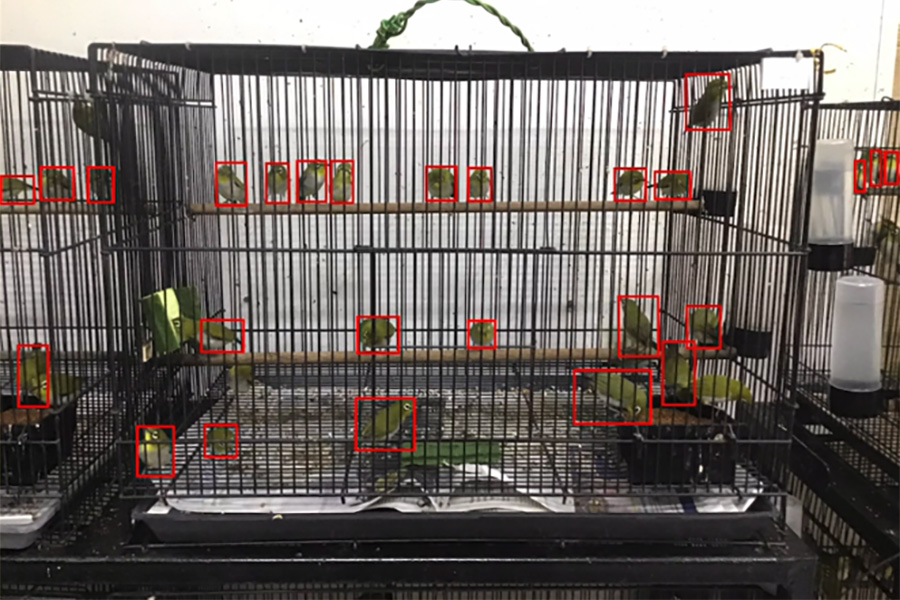

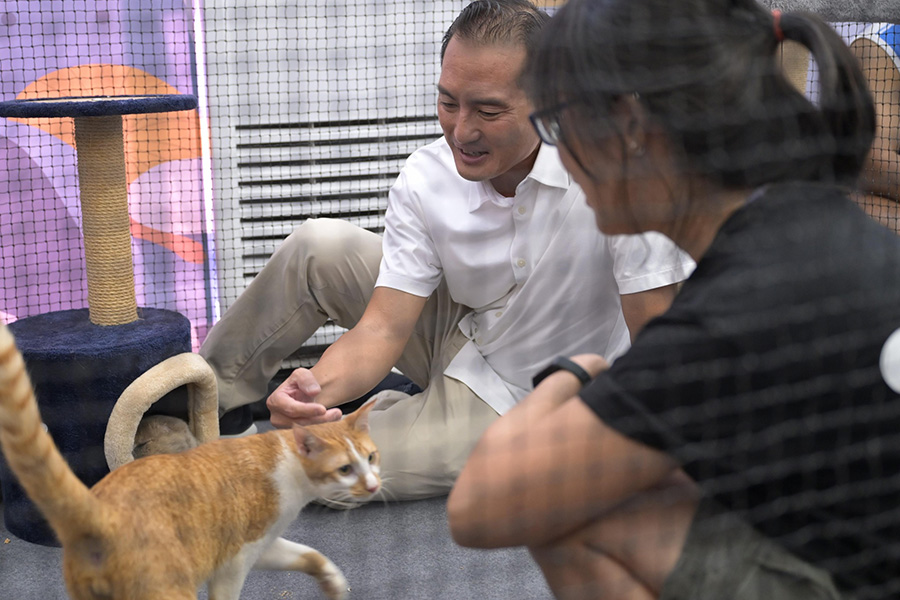
A new Cat Management Framework is in the pipeline to improve the management and welfare of cats in Singapore. AVS will implement a two-year transition period for pet owners and fosterers to ease into these changes. Under this framework, cats will be allowed to be kept in Housing and Development Board (HDB) flats, with up to two cats (and one dog of an approved breed, as per the current limit) for each HDB flat, and up to three cats or dogs, or a combination of both, in private premises. From 1 September 2024, cat owners are allowed to keep all their existing cats if they license and microchip them, and ensure a safe environment for them, within the transition period.
The Framework was announced at the 24th edition of Pets’ Day Out, held at East Coast Park in May 2023. This is a regular platform for animal welfare groups, businesses, veterinarians and pet lovers to come together to share their love for animals and promote responsible pet ownership.
The community was extensively involved in developing this Framework. A public survey was conducted in September 2022, seeking feedback on AVS’ proposed measures to expand the licensing and microchipping scheme to include pet cats, extend the Trap-Neuter-Rehome/Release-Manage programme for free-roaming dogs and community cats, and offer new engagement and outreach programmes promoting responsible cat ownership, adoption and community cat caregiving. Focus group discussions with cat owners, non-cat owners, community cat caregivers, cat fosterers and rescuers, veterinarians, representatives of animal welfare groups, and relevant agencies were also held to ensure that a diverse range of views was considered.
The survey, conducted as part of the larger Forward Singapore movement, garnered over 30,000 responses and revealed strong public support for AVS’ proposals.


Reflecting on the 60 years of greening Singapore, Dr Chang Siow Foong, Director General of the Animal & Veterinary Service (AVS) shares how far we have come as an urban ecosystem – greenery, animals and the community in a City in Nature. With AVS becoming a cluster of NParks, this has helped to sharpen the science-based approach to managing animals in Singapore, and emphasise how the community plays a key role in upholding animal welfare.
We are working on the establishment of a Veterinary Council to regulate professional standards and practices to provide better support for the growing veterinary sector. The number of licensed veterinarians has almost quadrupled since 2006.
To ensure the safe and continued improvement of increasingly diverse veterinary practices in Singapore, the multi-stakeholder Council will comprise a mix of members from both public and private sectors. Different stakeholders are essential in developing and upholding standards across a range of issues, from the recognition of qualifications of veterinary nurses and technicians, to putting in place professional development requirements for veterinary paraprofessionals.
To set up the Council, NParks is also studying other overseas veterinary boards, including the Veterinary Practitioners Board of New South Wales in Australia and the Royal College of Veterinary Surgeons in the UK. When established, it is expected to support some 2,500 veterinary professionals.
Part of AVS’ work involves overseeing ornamental fish farms as part of the larger aquaculture industry in Singapore. In December 2023, together with the Food and Agriculture Organisation of the United Nations and the Singapore Food Agency, AVS published the regional guidelines for monitoring and surveillance of antimicrobial resistance (AMR) in bacterial pathogens from aquaculture. The guideline was officially launched in February 2024.
Development of AMR may occur due to the improper use of antimicrobial drugs. This can compromise food security, food safety and animal welfare, which in turn affects aquatic animal health, as well as the livelihoods and sustainability of aquatic species and fisheries. As the first of its kind, the guidelines aim to help countries improve the quality, quantity, and overall cohesiveness of initiatives on AMR surveillance in aquaculture, to address issues concerning the emergence and spread of AMR in the important regional aquaculture sector.